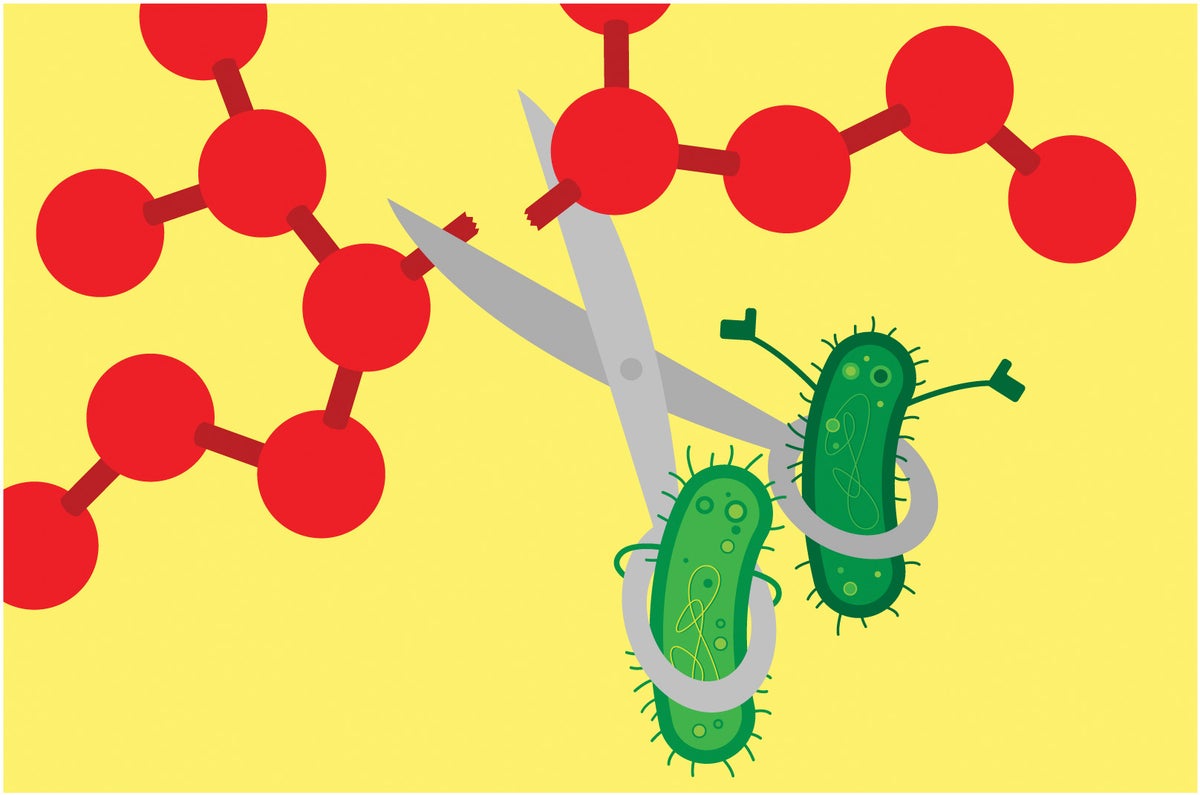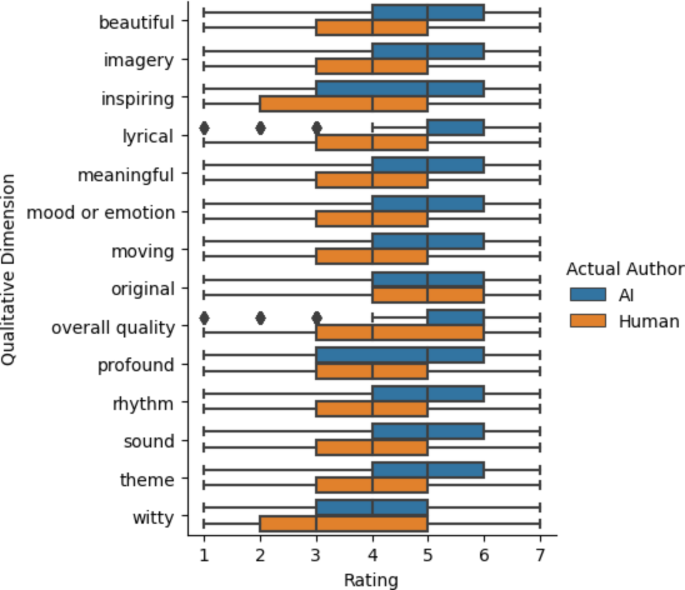
Nature’s ‘Swiss Army Knife’: What Can We Learn From Venom?
A study of Gila monster venom helped start the revolution in weight-loss drugs. But scientists think that’s just the beginning.
There are two opposite paths to achievement in science. The first is straightforward: Identify a problem and set about solving it. The second is rather unscientific-sounding and perhaps more faith-based: Study in obscurity and hope serendipity strikes.
In 1980, a young gastroenterologist named Jean-Pierre Raufman wound up taking the latter road through the digestive-diseases branch of the National Institutes of Health. His goal there was to gain research experience. While doing so, he chanced to meet the lead chemist of another laboratory, John Pisano, who had a passion for seeking out new and interesting examples of a specific kind of hormone, called a peptide, in animal venoms. Pisano regularly appealed to local insect and reptile enthusiasts in the classified pages of The Washington Post; in response, they would show up at his office door carrying plastic bags wriggling with possibility.
Pisano offered some venom samples to Raufman for his meandering analyses. Over the following month, Raufman experimented with them to see if they stimulated pancreatic cells harvested from guinea pigs. The venom with the biggest effect by far came from a desert reptile that Raufman had never heard of: the Gila monster.






















